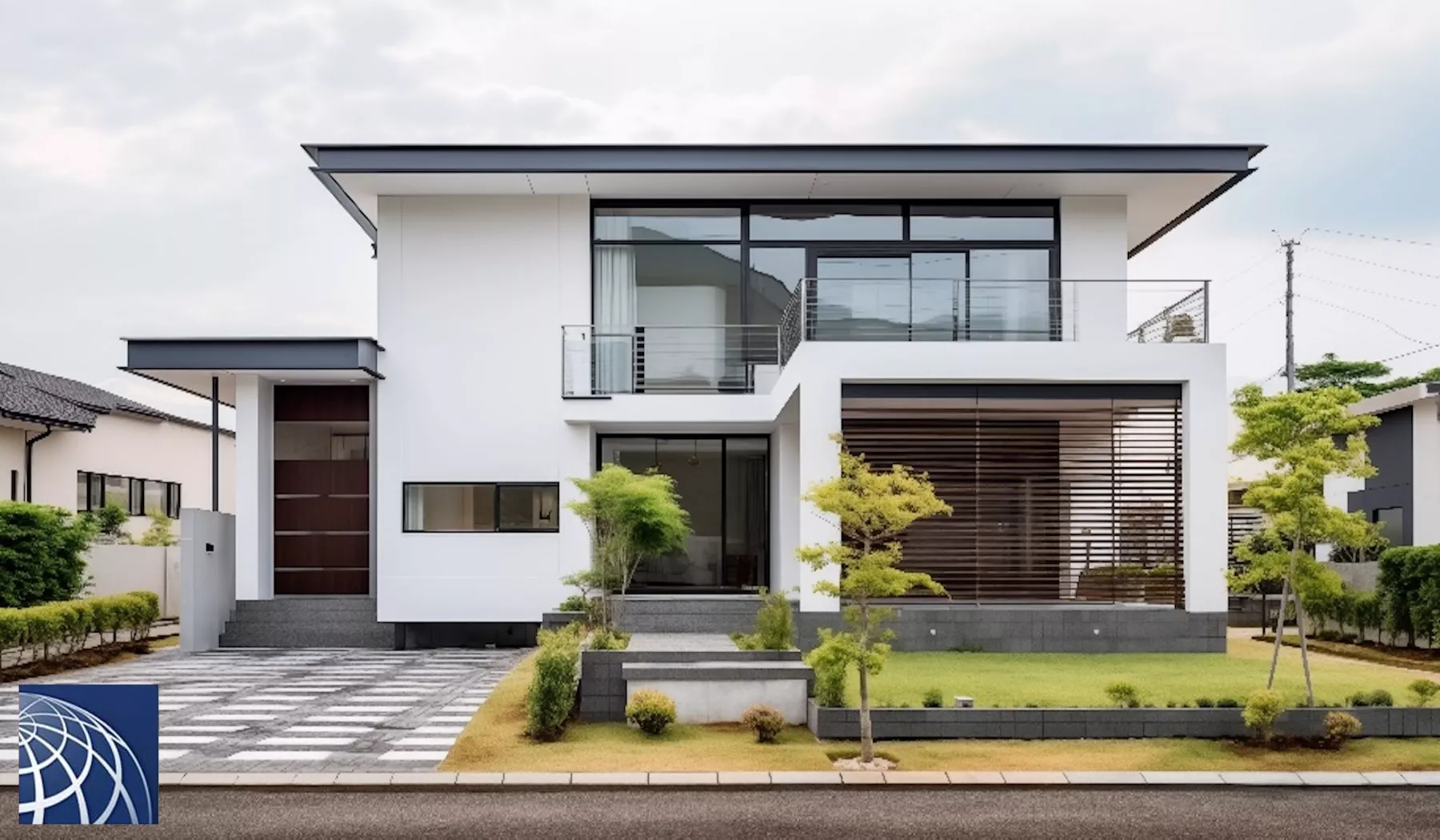Choosing the best home storey for your house is a decision that can greatly impact your lifestyle, comfort, and long-term satisfaction. Whether you’re building a new home, buying an existing one, or remodeling, the number of stories (or floors) plays a significant role in defining the layout, space utilization, accessibility, and even the resale value of your property. When deciding whether a single-story, double-story or even a multi-story home suits your needs, there are several factors to consider. Here’s a comprehensive guide to help you choose the best home storey for your house.
Evaluate Your Family’s Needs
The first step in deciding the number of stories for your home is understanding your family’s specific needs. Your family’s size, lifestyle, and long-term requirements will largely determine the best option.
- For Smaller Families or Empty Nesters: A single-story home might be ideal for smaller families or retirees who prefer a compact living space without the need for navigating stairs. It offers ease of access and maintenance while providing enough space for daily activities.
- For Larger Families or Growing Families: A double-story or multi-story home may be better suited for larger families or those planning to grow. The extra floors offer more bedrooms, bathrooms, and entertainment spaces, ensuring that each family member has enough room for privacy and leisure.
- For Multi-Generational Families: If you have elderly family members or young children living with you, consider their needs for easy accessibility. Single-story homes are often more convenient for older people, as they eliminate the need to climb stairs. Alternatively, in a multi-story home, a ground-floor bedroom or living area can be a compromise.
Consider the Space and Layout
The available land space and your preference for layout can greatly influence your decision regarding the number of stories.
- Single-Storey Homes: These homes typically require more land space as all the rooms are laid out on one level. A single-story home could be a great option if you prefer an open-plan design where living spaces flow seamlessly from one area to another. The layout of a single-story house tends to be easier to navigate and maintain, making it ideal for those who prefer simplicity.
- Double or Multi-Storey Homes: If your land is limited in size or is located in an urban area where space is premium, a double-story or multi-story home allows you to maximize vertical space. With more levels, you can divide the home into separate living zones—keeping social and entertaining areas on the ground floor and private spaces (like bedrooms) on the upper floors. This layout enhances privacy and allows for more creative designs.
Cost Considerations
Budget is another crucial factor when determining how many stories your home should have. Building costs, energy expenses, and long-term maintenance all differ depending on the number of stories.
- Single-Storey Homes: These are generally less expensive to build compared to multi-story homes, as they do not require as much structural reinforcement, such as additional beams or columns. Heating and cooling are typically more efficient in single-story homes since the space is spread out horizontally rather than vertically, reducing energy costs.
- Double-Storey or Multi-Storey Homes: Building a home with multiple stories generally requires a larger budget due to the need for staircases, extra materials, and sometimes reinforced foundations. However, if land costs are high in your area, it may be more economical to build up rather than out. Keep in mind that double-story homes can incur higher heating and cooling costs, as energy efficiency can be more difficult to maintain across different floors.
Accessibility and Future Considerations
Thinking long-term is essential when deciding on the number of stories. Accessibility and future adaptability should be taken into account, especially if you plan to live in the home for a long time.
- Single-Storey Homes: These homes offer great accessibility, making them ideal for people with mobility issues or those planning for future accessibility needs. Since all rooms are on one level, single-story homes are much easier to navigate for people using wheelchairs, walkers, or strollers. Additionally, they can easily accommodate modifications if needed in the future, such as widening doorways or adding ramps.
- Double-Storey or Multi-Storey Homes: While offering more living space, multi-story homes might pose accessibility challenges, especially for elderly family members or individuals with disabilities. Stairs can become a problem later in life, so if you choose a double-story home, consider designing it with future modifications in mind. You can include features like stairlifts or ensure that the ground floor has essential rooms (bedrooms, bathrooms) for potential single-level living.
Privacy and Noise Control
Privacy is a major concern for many homeowners, and the number of stories can greatly impact it.
- Single-Storey Homes: In a single-story home, privacy can sometimes be a challenge, especially if rooms are close to one another. Noise from common areas like the kitchen or living room can travel easily to bedrooms. However, this can be mitigated through thoughtful design, like placing bedrooms away from living spaces.
- Double-Storey or Multi-Storey Homes: A multi-story home provides more opportunities for privacy. Bedrooms are often located on upper floors, away from the main living areas, allowing family members to retreat to quiet spaces. Additionally, having multiple levels helps in containing noise, especially if the home has young children or is frequently used for entertaining.
Resale Value and Market Trends
The resale value of your home should also factor into your decision. While both single and multi-story homes can be valuable, market trends may favor one over the other depending on the location.
- Single-Storey Homes: These homes tend to have a broad market appeal, especially among retirees, young families, and buyers with accessibility needs. In areas with a high demand for accessible homes, single-story homes may fetch a higher resale value.
- Double-Storey or Multi-Storey Homes: Multi-storey homes may appeal more to large families or those seeking expansive living spaces. If your home is in a suburban or urban area where land is limited, a multi-story house might be more desirable and command a higher price due to the additional living space.
Final Thoughts
Choosing the right home storey for your house requires careful consideration of your family’s needs, lifestyle, budget, and long-term plans. Single-story homes offer simplicity, accessibility, and easier maintenance, while double or multi-story homes provide more living space, privacy, and the ability to maximize your property’s vertical space. Ultimately, the decision comes down to personal preferences and practical considerations, but by evaluating these factors, you can choose the home story that best suits your needs both now and in the future.




